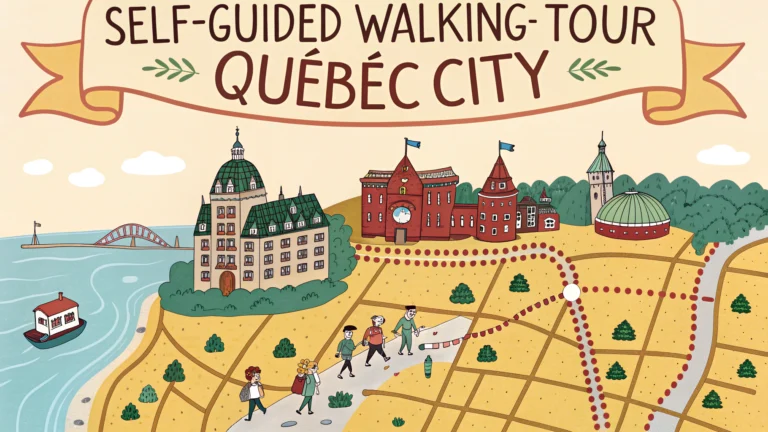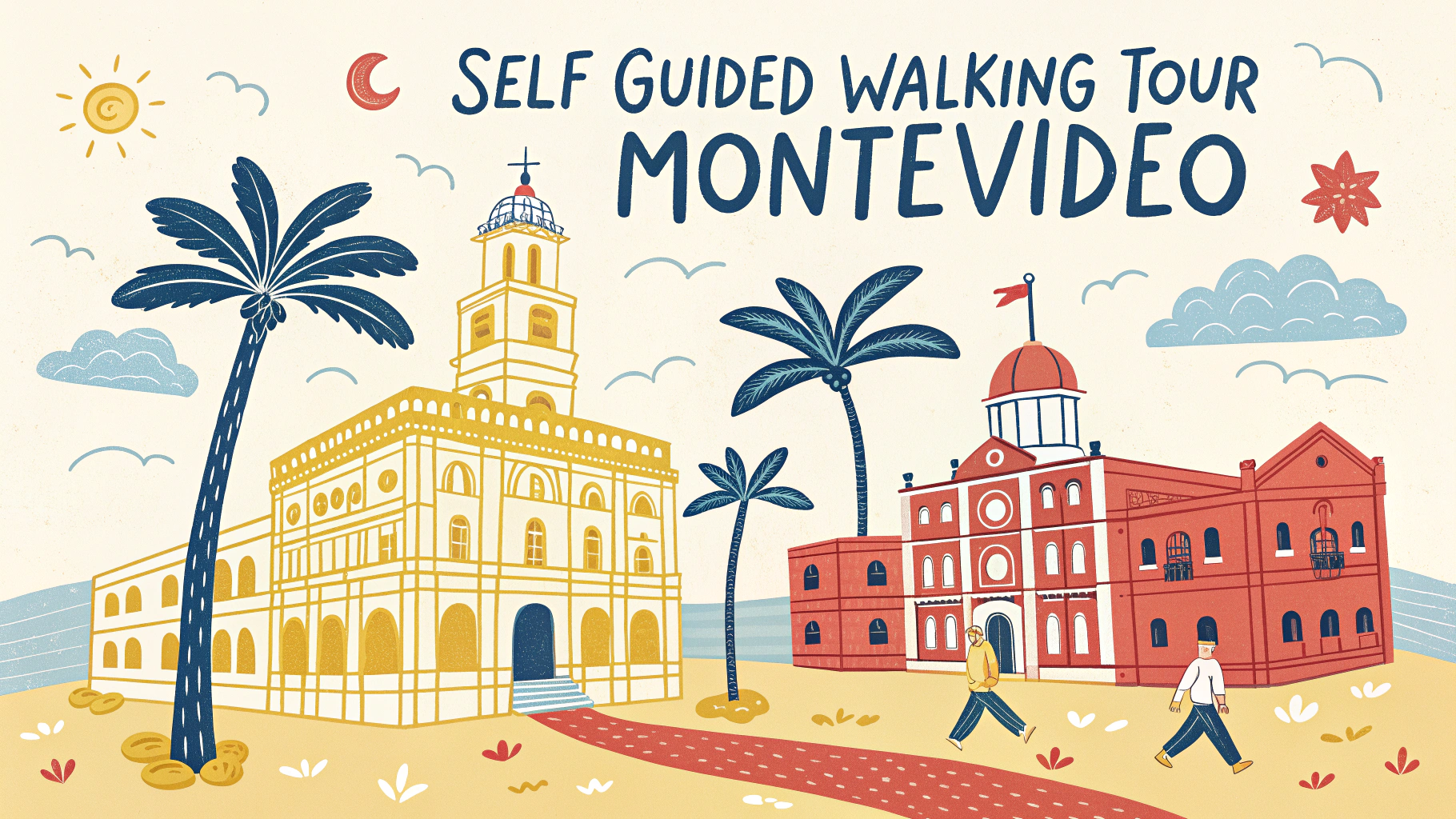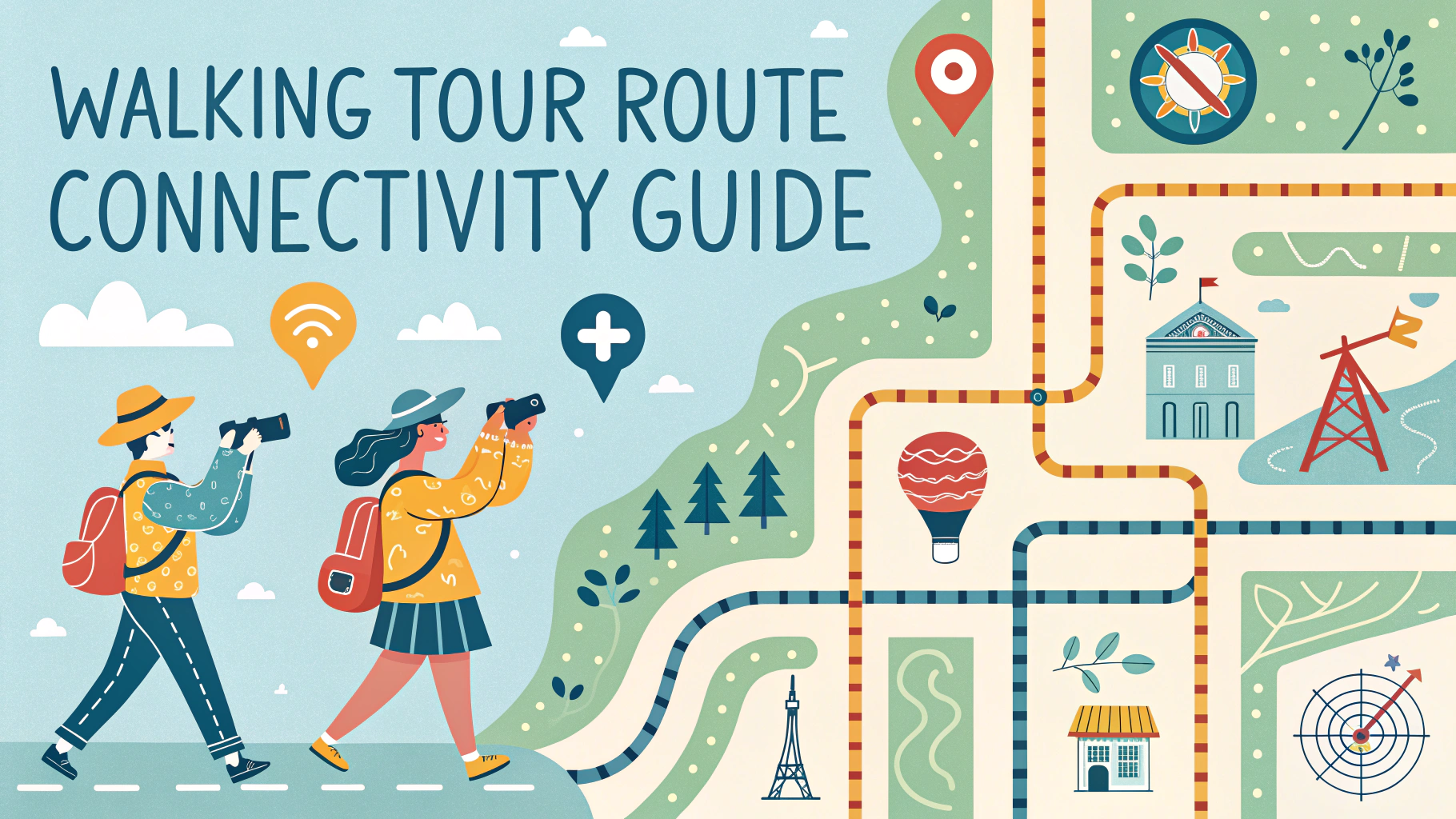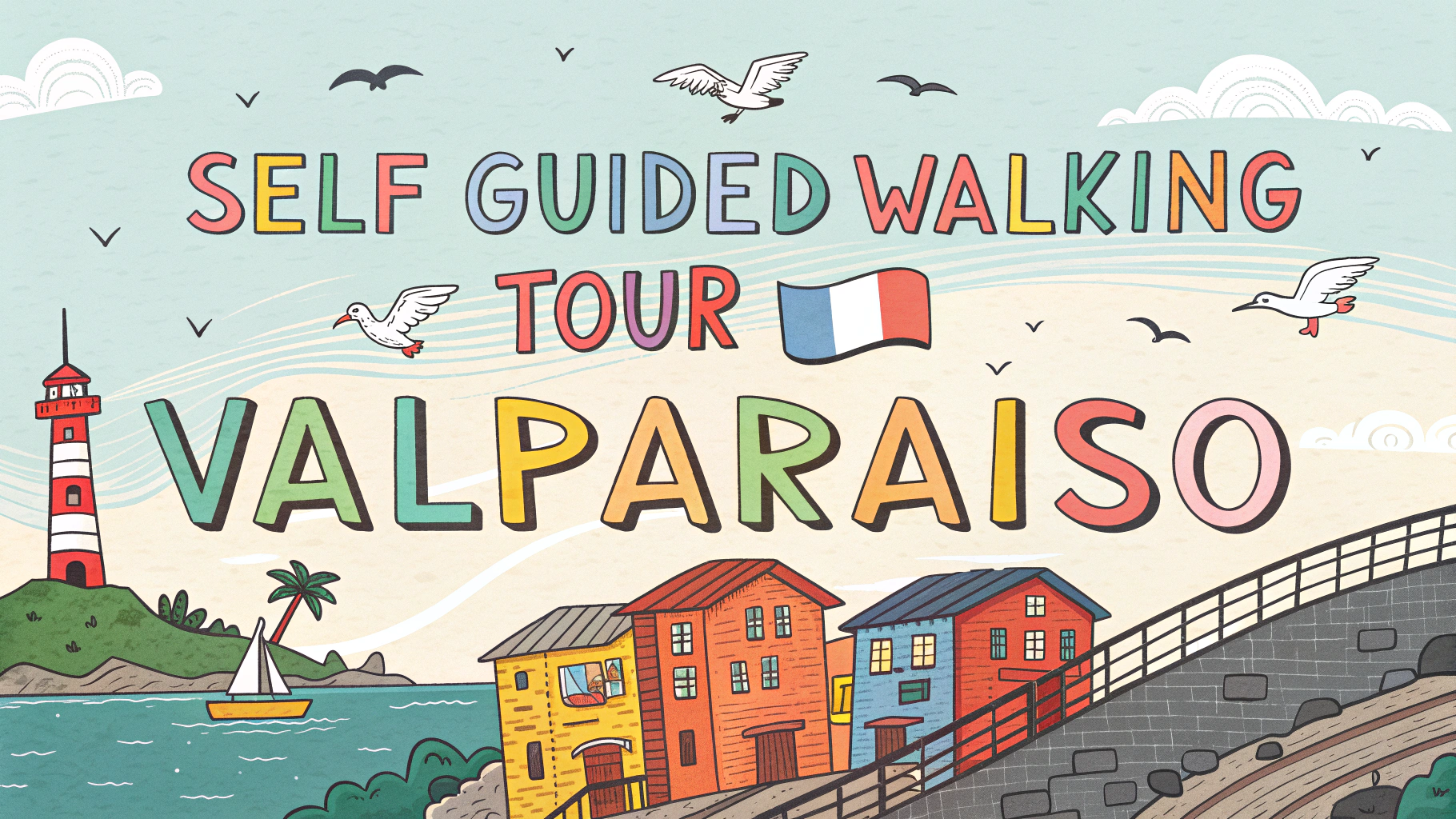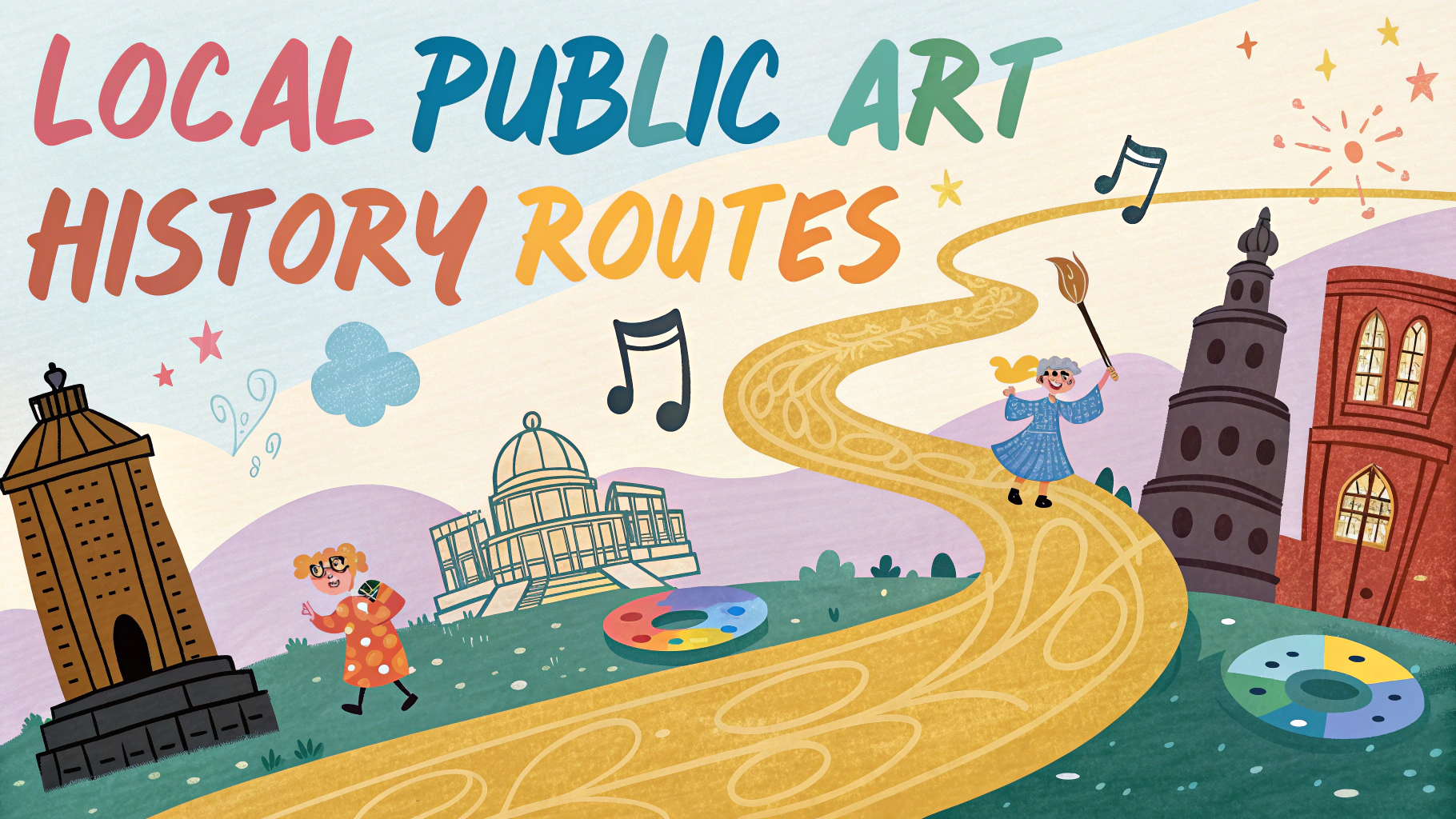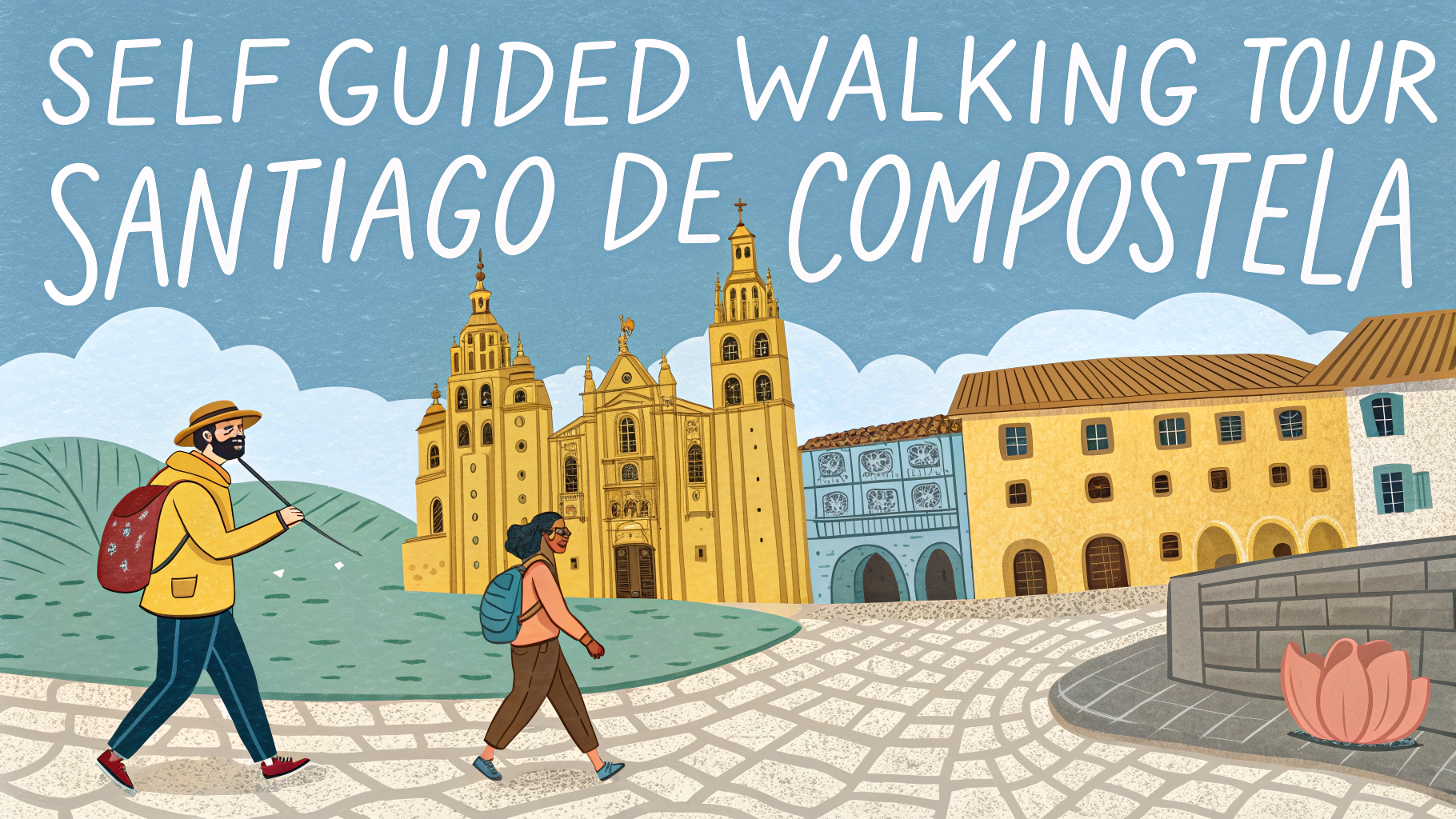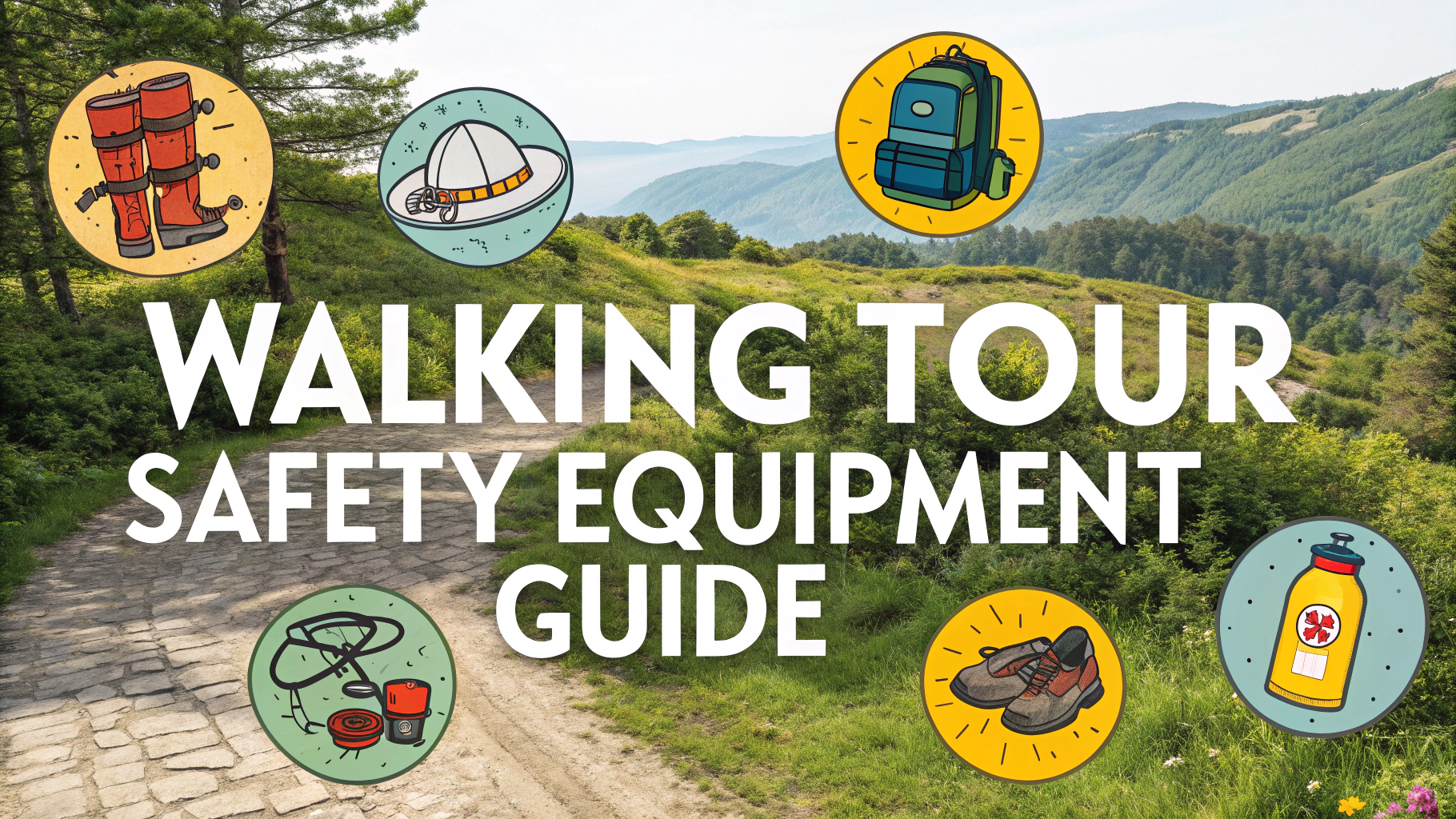Quebec City’s historic streets and European charm make it perfect for self-guided exploration.
Essential Walking Route Overview
This 4-hour walking route covers the main attractions within Old Quebec, a UNESCO World Heritage site.
Starting Point: Place Royale
- Address: 27 Rue Notre Dame
- Metro Station: None (use RTC bus 11)
- Opening hours: Public square accessible 24/7
Key Stops Along the Route
- Place Royale → Notre-Dame-des-Victoires Church (oldest stone church in North America)
- Petit-Champlain District (charming shopping street)
- Breakneck Stairs (oldest stairs in Quebec)
- Château Frontenac (iconic hotel)
- Dufferin Terrace (panoramic river views)
- Plains of Abraham (historic battlefield)
Practical Tips
- Wear comfortable walking shoes – streets are steep and often cobblestoned
- Start early (9 AM) to avoid tourist crowds
- Bring water and snacks – cafes can be expensive in tourist areas
- Download offline maps – old city streets can be confusing
Best Photo Spots
- Dufferin Terrace (sunrise)
- Rue du Petit-Champlain (decorated beautifully in all seasons)
- Artillery Park (city walls view)
- Pierre-Dugua-De Mons Terrace (Château Frontenac view)
Seasonal Considerations
| Season | Walking Conditions | Special Notes |
|---|---|---|
| Summer | Excellent | Bring water, sunscreen |
| Winter | Challenging | Ice cleats recommended |
Rest Stops & Cafes
- La Maison Smith – 23 Rue Notre Dame
- Café La Boutique – 68 Rue Saint Louis
- Café-Boulangerie Paillard – 1097 Rue Saint-Jean
Public Restrooms
- Information Center (12 Rue Sainte-Anne)
- Petit-Champlain District (9 Rue du Cul-de-Sac)
- Dufferin Terrace (near the funicular)
Download this route map: Official Quebec City Tourism Website
Emergency Information
- Police: 911
- Tourist Information: +1 (844) 878-4424
- Nearest Hospital: Hôtel-Dieu de Québec (11 Côte du Palais)
Additional Route Information
Alternative Routes
- 2-hour express route (skips Plains of Abraham)
- 6-hour extended route (includes Citadelle)
- Evening route focusing on illuminated landmarks
Accessibility Notes
- Funicular available to avoid steep climbs
- Some streets have wheelchair-accessible detours
- Benches located every 200-300 meters on main streets
Local Events to Consider
- Winter Carnival (February)
- Summer Festival (July)
- New France Festival (August)
- Christmas Market (December)
Conclusion
This self-guided walking tour offers an intimate exploration of Quebec City’s 400-year history, combining must-see landmarks with hidden gems. While the route can be completed in 4 hours, allow extra time for museum visits, shopping, or dining. The city’s preservation efforts make it one of North America’s finest examples of a fortified colonial city.
Additional Resources
- City Tourism Office: 12 Rue Sainte-Anne
- Free Walking Tour Meeting Point: Place d’Armes
- Guided Tour Bookings: Information Center
FAQs
- What is the best time of year for a self-guided walking tour in Quebec City?
Summer (June to September) offers the most pleasant weather for walking tours, though fall provides stunning foliage and fewer crowds. Winter walking tours are possible but require proper cold-weather gear as temperatures can drop significantly. - How long should I plan for a comprehensive walking tour of Old Quebec?
A thorough exploration of Old Quebec (Vieux-Québec) typically requires 3-4 hours at a leisurely pace, covering both Upper Town (Haute-Ville) and Lower Town (Basse-Ville). - Which are the must-see stops on a self-guided walking tour?
Essential stops include Château Frontenac, Plains of Abraham, Place Royale, Petit-Champlain District, Notre-Dame de Québec Basilica-Cathedral, and the Fortification Walls. - Is it necessary to use the funicular between Upper and Lower Town?
While not necessary, the funicular provides a convenient alternative to the steep Breakneck Stairs (Escalier Casse-Cou), especially for those with mobility concerns. It costs approximately $3 CAD per ride. - Are walking tours wheelchair accessible in Quebec City?
Upper Town is generally wheelchair accessible, but Lower Town has cobblestone streets and steep hills that can be challenging. Some areas may require alternate routes or assistance. - Where can I find public restrooms during my walking tour?
Public restrooms are available at major tourist attractions, including Château Frontenac, the Information Center at Place Royale, and various restaurants and cafes throughout the city. - What’s the best starting point for a self-guided walking tour?
The Château Frontenac serves as an ideal starting point as it’s centrally located, easily recognizable, and connects to many major walking routes in the old city. - Are English walking tour maps readily available in Quebec City?
Yes, free English maps are available at the Quebec City Tourism Office, major hotels, and various tourist information points throughout the city. Digital maps can also be downloaded from the official tourism website. - How safe is it to do a self-guided walking tour in Quebec City?
Quebec City is one of the safest cities in North America. Walking tours are very safe, even at night, though standard precautions should be taken with valuables. - Should I book a guided tour instead of doing a self-guided walk?
Self-guided tours offer flexibility and are free, but guided tours provide historical context and local insights. Both options are valid, depending on your preference for structured vs. independent exploration.
